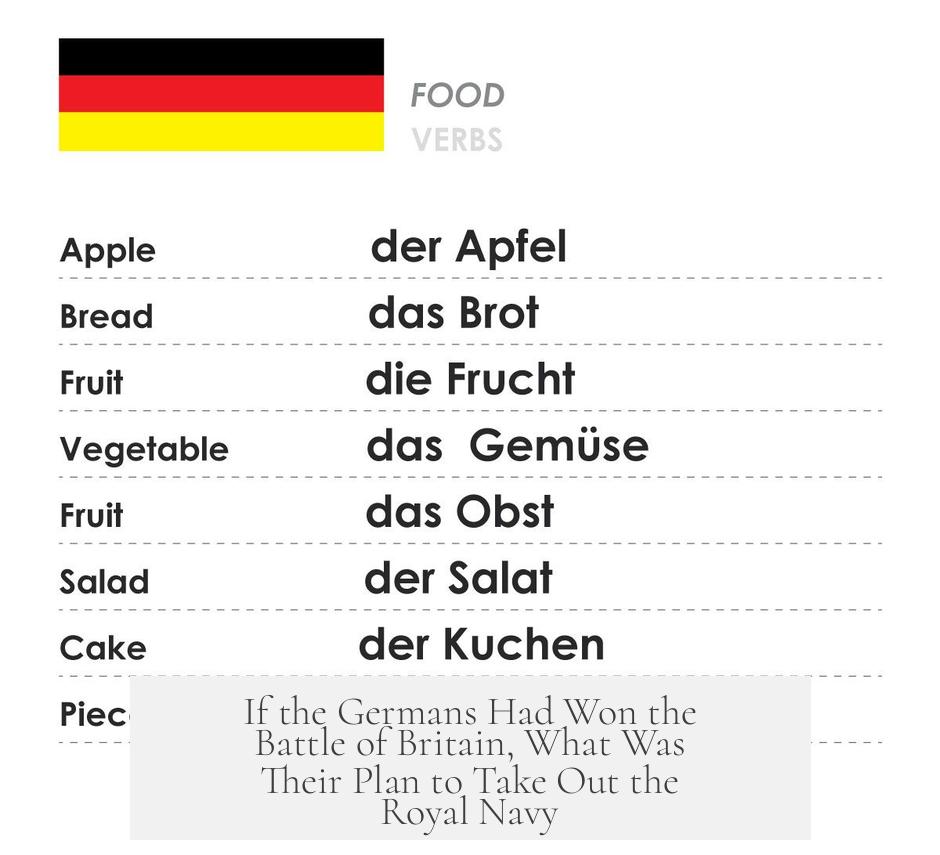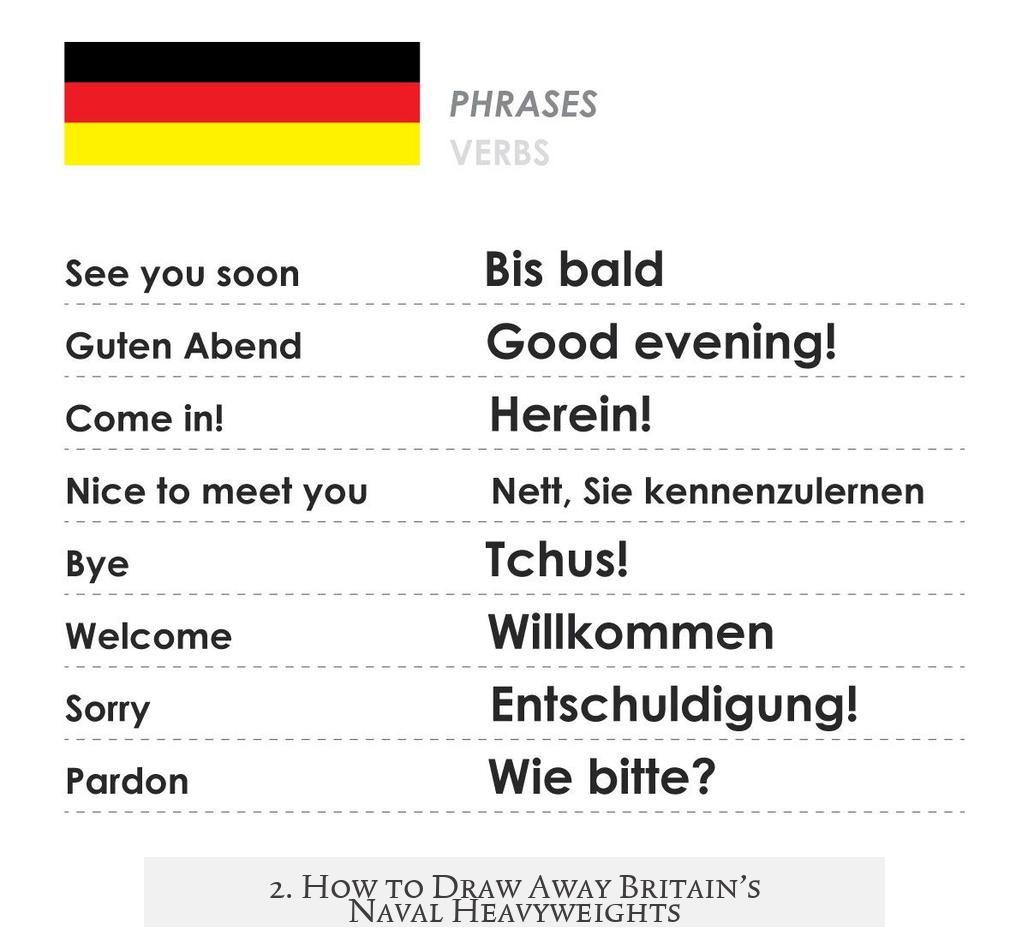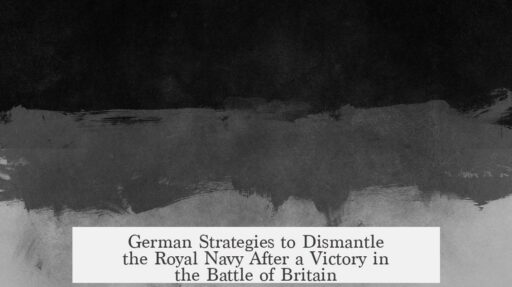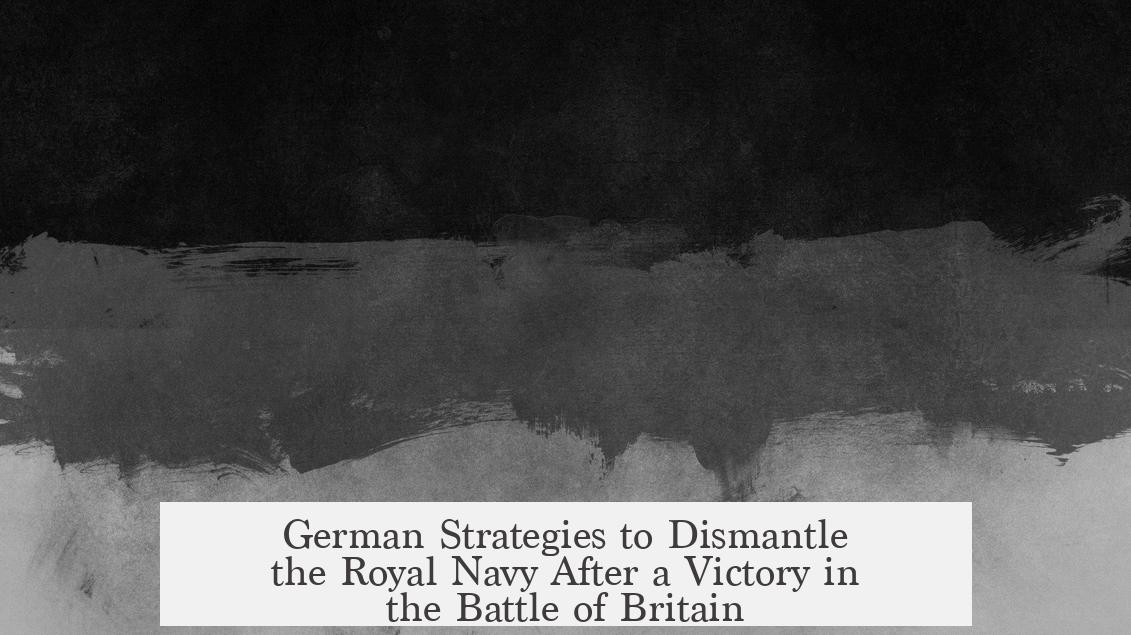If the Germans had won the Battle of Britain, their plan to take out the Royal Navy (RN) primarily focused on delay, attrition, and diversion rather than outright destruction. The Germans recognized that defeating the RN in a direct naval battle was beyond their capabilities. Instead, they intended to draw off major British naval forces, protect the invasion fleet with submarines, mines, coastal artillery, and smaller naval units, and rely heavily on the Luftwaffe to defend invasion operations.
Operation Sea Lion, the German invasion plan of Britain, did not contain a single coherent strategy to eliminate the Royal Navy. The Germans understood that the RN, with its large and powerful capital ships based at Scapa Flow and Rosyth, could not be matched ship-for-ship. Instead, the goal was to weaken British naval intervention and create opportunities for the invasion fleet to land and sustain forces on the southern coast of England.
Key to the German approach was a range of diversionary tactics designed to draw RN units away from the English Channel. The British Home Fleet, equipped with vastly superior heavy units, posed the greatest threat to the invasion forces. To counter this, the Germans planned:
- Invasion Exercises across Western France, the Netherlands, Germany, and Norway. These simulated possible landings, such as in Ireland or Britain’s east coast, to tie down British naval assets in multiple areas.
- Operation Autumn Journey: A significant diversion involving fast liners and cargo ships, supported by three light cruisers. This force would steam into the North Sea in four convoys to attract RN attention before returning home.
- Sortie by heavy cruisers Admiral Hipper and Admiral Scheer: These ships, expected to be operational close to the invasion date, would attack armed merchant cruisers in the Northern Patrol, threatening access to the North Atlantic and pulling British fleet elements north.
- Radio-Based Deception: The Germans planned to use aircraft with English-speaking radio operators to send false messages, simulating incoming invasion forces at various British coastal locations—coded as Bluff Alfred, Bluff Heinz, and Bluff Erika. Submarines would support these false transmissions, particularly around Ireland.
Alongside diversions, the Germans aimed to physically block and hinder Royal Navy intervention by imposing heavy minefields and coastal artillery batteries along the Channel, especially the Dover Strait and entrances to Portsmouth and Plymouth. Mines were to be laid by requisitioned merchant ships, destroyers, and torpedo boats starting nine days ahead of the invasion. Over 5,500 mines and 8,800 explosive buoys would create a formidable obstacle.
Heavily armed coastal batteries with calibers up to 38 cm were established in the Pas de Calais region. Yet, these guns had limited success against RN vessels, managing no confirmed hits even after repeated use against British convoys and warships before 1944.
German naval surface forces assigned to protect the invasion fleet were modest and outmatched by British destroyers. Only seven destroyers and nineteen torpedo boats were available, far fewer than the approximately 35 British destroyers ready at Nore Command. Smaller motor torpedo boats offered some tactical advantage but were restricted by their escort duties. Essentially, these naval units were meant to delay and harass, not decisively defeat, British warships.
Submarines played an essential defensive role by patrolling likely British fleet approach routes to the Channel and guarding naval bases like Portsmouth. The landing ships themselves were outfitted with improvised artillery, mostly Army guns, unmanned by skilled naval crews, limiting their effectiveness during naval engagements.
The Luftwaffe, despite being overstretched, was potentially the single most effective force against RN ships. It dedicated significant resources, especially from the 2nd and 3rd Air Fleets based in France, as well as the 5th Air Fleet in Norway, to strike at British naval units in the Channel and North Sea. Dive bombers and bomber units had the task of sinking or damaging invading fleet opponents.
However, the Luftwaffe’s capabilities had constraints. German bombers were less effective at night and against fast, maneuverable destroyers in open water. Their wartime experience showed reduced success outside tight, slow-moving targets like those at Dunkirk. Moreover, the air units had competing priorities, providing close support for German army operations inland, and striking British troop concentrations and infrastructure.
These weaknesses led to the German Navy’s reluctance to commit its heaviest ships, reflecting institutional skepticism about Sea Lion’s chances. The absence of overwhelming naval power and reliance on indirect methods underlined why Germany’s plan aimed at containment and delay rather than destruction of the Royal Navy.
- German strategy rested on diversion and attrition rather than defeating the RN through direct battle.
- Diversion involved multiple simulated invasions, naval sorties, and radio deception to draw British ships away.
- Extensive minefields and heavy coastal artillery aimed to block RN access to invasion beaches.
- Submarines and small surface vessels would protect landing forces but lacked firepower for decisive battles.
- The Luftwaffe formed the principal threat but was overstretched and limited by operational constraints.
- Overall, no German plan intended or could have guaranteed the complete elimination of the Royal Navy before or during an invasion.
If the Germans Had Won the Battle of Britain, What Was Their Plan to Take Out the Royal Navy?

To cut to the chase: the Germans *did not* have a master plan to outright defeat the Royal Navy. Instead, they hoped to delay, distract, and wear down Britain’s mighty fleet using diversionary tactics, mines, coastal guns, submarines, and airpower, aiming to protect their invasion forces enough to cross the Channel. However, this was never a winning recipe for a full knockout punch.
Now, let’s unpack this tangled web of German strategies, improvisations, and limitations that defined their naval plan during Operation Sea Lion—the proposed invasion of Britain had the Battle of Britain gone Germany’s way.
1. The Lack of a Knockout Blow: Delay and Diversion as Strategy

Surprisingly, the Germans never cooked up a cohesive or decisive plan to *beat* the Royal Navy in open combat. They recognized that engaging the Royal Navy—especially its formidable capital ships—head-on was a losing battle. Instead, the game plan was to pull British heavy hitters away from the invasion zone with distractions, while using smaller forces and obstacles (mines, aircraft attacks, coastal artillery) to protect their invasion flotilla.
Think of it this way: the German Navy intended to annoy and bleed the British fleet gradually, delay their arrival, and hope these delays were enough for the invasion force to establish a beachhead. But a full-scale defeat of the Royal Navy? Forget it.
2. How to Draw Away Britain’s Naval Heavyweights?

The most dangerous opponent to Sea Lion was the Royal Navy’s Home Fleet, based primarily at Scapa Flow and Rosyth. These bases held several battleships and cruisers that outclassed German surface raiders. Even German dive-bombers couldn’t reliably sink these beasts before they inflicted serious damage on the invasion flotilla.
So, what did the Germans do? They tried clever diversions.
- Invasion Exercises: They staged fake invasion drills across Europe—in Ireland, the Netherlands, Norway—to confuse British strategic thinking and spread their fleet thin.
- Operation Autumn Journey: This naval “decoy show” involved four convoys of fast liners and cargo ships, backed by three light cruisers, sailing into the North Sea from Norway and Germany. The goal? Attract the Navy’s attention, then slip away. Like a magician’s distraction before the real trick.
- Admiral Hipper and Admiral Scheer Sortie: These two heavy cruisers were to sneak out about five days before the invasion and raid the Northern Patrol’s armed merchant cruisers. This maneuver aimed to push British ships north, away from the English Channel.
- Radio-Based Diversions: On invasion day, German aircraft would send fake English-language radio messages (using broken British codes) to mislead the British about the landing sites, with operations codenamed Bluff Alfred, Bluff Heinz, and Bluff Erika. Bluff Erika even had submarine support sending false signals from the Irish Sea.
In essence, the Germans were hoping to keep the British fleet busy away from the invasion stretch, ideally confused by noise and smoke until the invasion was underway.
3. Obstructing the English Channel: Mines and Coastal Artillery

Stopping the Royal Navy from entering the Channel altogether was a high priority. To do so, the Germans planned extensive minelaying operations and hefty coastal gun batteries.
- Minelaying: Two groups of minelayers—mostly repurposed merchant ships—would lay over 5,500 mines and almost 9,000 explosive buoys at the Channel’s eastern and western entrances. This would make the approach extremely hazardous. The areas covered included the exits from key British naval bases at Portsmouth and Plymouth, plus Dover Strait and the eastern invasion edge.
- Coastal Guns: The Germans had massive 21 cm to 38 cm guns installed in Pas de Calais, capable of firing across the Channel. While these were battleship-class guns, in practice, their effectiveness against moving ships was practically zero during 1940 operations. They managed their only direct naval hit in 1944 during the Normandy landings.
This layered defensive barrier could slow or deter British naval movements but could not guarantee sinking heavy ships or stopping them outright.
4. Limited German Naval Forces: Small Ships on a Big Stage

If ships managed to cross the minefields and evade coastal artillery, they’d still have to face German surface vessels. Unfortunately for Berlin, the Kriegsmarine had very few heavy ships spared to protect the invasion force. Most of these big guns were busy with diversionary tasks.
- Destroyers & Torpedo Boats: Seven destroyers and nineteen torpedo boats formed the core of invasion escort forces. Against roughly 35 British destroyers in the invasion area, the Germans were outnumbered and outgunned. German torpedo boats were weaker than British equivalents, though their motor torpedo boats were tricky little craft. Sadly, confining these craft to convoy escort canceled many of their usual advantages.
- Submarines: U-boats got top billing here, patrolling likely Royal Navy approach routes and guarding key naval bases. Submarine warfare was one bright spot in Germany’s plan, tasked with frustrating British relief efforts and sinking key ships.
- Improvised Artillery on Landing Crafts: Many transport vessels featured slapped-together mounts for artillery—anti-tank guns and AA guns operated by army crews unfamiliar with naval combat. These were essentially tiny speed bumps against the Royal Navy, offering minimal real protection.
In summary, the German Navy’s role was protective and attritional—not decisive. The Kriegsmarine’s goal was to make Royal Navy intervention costly, slow, and uncertain.
5. Luftwaffe: The Air Force’s Big Chance—and Challenge
If the German Navy lacked heavy hitters, the Luftwaffe aimed to pitch in. Protecting the invasion convoys was spelled out clearly as a key mission for the air fleets.
- Air Units Assigned: Two German air fleets from France—the 2nd and 3rd Air Fleets—were assigned to cover the Channel. The 3rd Air Fleet’s IV and V Air Corps focused on the Western Channel, while the 2nd Air Fleet protected the Eastern Channel. Norway’s 5th Air Fleet would support operations in the North Sea, keeping tabs on or attacking British shipping routes.
- The Challenges: The Luftwaffe’s potential was high, but several critical limitations bogged it down:
- German bombers lacked effective night operations, so British moves under cover of darkness were safer.
- Fast British destroyers at sea were hard targets. The Luftwaffe’s best successes had been against slow-moving or stationary ships during Dunkirk evacuations, not agile warships.
- Furthermore, the air force was stretched thin. Bombing British troop concentrations, rail lines, and infrastructure competed against naval strike missions. The balancing act meant they couldn’t fully commit to sinking all British ships.
Bottom line? The Luftwaffe was a force multiplier but far from a silver bullet for defeating or immobilizing the Royal Navy.
6. A Plan That Even the Kriegsmarine Didn’t Fully Believe In
Interestingly, the German Navy itself didn’t fully back Sea Lion’s naval plans. Its reluctance to commit the heavier ships shows deep skepticism about success. The Kriegsmarine viewed its role as delaying and complicating British responses, not winning outright naval engagements.
Whether the German Army and Luftwaffe grasped this limitation is uncertain. However, these naval shortcomings partly led to Sea Lion’s cancellation. Without control or at least crippling paralysis of the Royal Navy, invading Britain was a near-impossible gamble.
What Would Have Happened If They Had Tried?
Imagine the Channel choked with mines, the air buzzing with dive bombers, and the Royal Navy facing these distractions. Still, the British fleet’s strength—combined with skilled minesweeping, night maneuvers, and superior surface combatants—would have made decisive German success unlikely.
German submarines could have sunk some British ships, adding friction. But Britain’s ability to move its ships between ports and scramble local naval assets meant the invasion fleet would never be truly safe. The coastal artillery’s dazzling calibers wouldn’t land effective hits on the nimble Royal Navy at sea.
Even if the Luftwaffe managed to sink several British warships, it would trigger a fierce responding naval battle. With the German Navy’s light escort forces and limited heavy units, the likely scenario was a high-casualty slugfest that could doom the invasion fleet itself.
The lack of coordinated air-naval-infantry synergy, plus Germany’s air force overextension and the Royal Navy’s resilience, paint a bleak picture. The Germans’ hope rested on attrition and disorientation rather than crushing victory.
Final Thoughts: The Plan Was More About Survival than Victory
The German plan to take out the Royal Navy during the planned invasion of Britain was, frankly, a patchwork designed to delay and dissipate—not to demolish. It aimed to create enough chaos and resistance to let invasion barges reach British shores.
While their battleground creativity was impressive—mines, radio deception, floating artillery, and mobile air strikes—the big guns were still in British hands. These limitations underscore why Sea Lion never materialized and why the Battle of Britain was a turning point.
Can you blame the Germans? The Royal Navy was massive, battle-hardened, and home at sea—defending is easier when you own the waters. Naval supremacy needs planning, resources, and time—things the Kriegsmarine sorely lacked for such an ambitious episode.
So next time you wonder if the Nazis had a secret, brilliant plan to neutralize the Royal Navy after winning the Battle of Britain, remember: they *hoped* to distract and delay enough to get to shore. That’s the best they could do.




